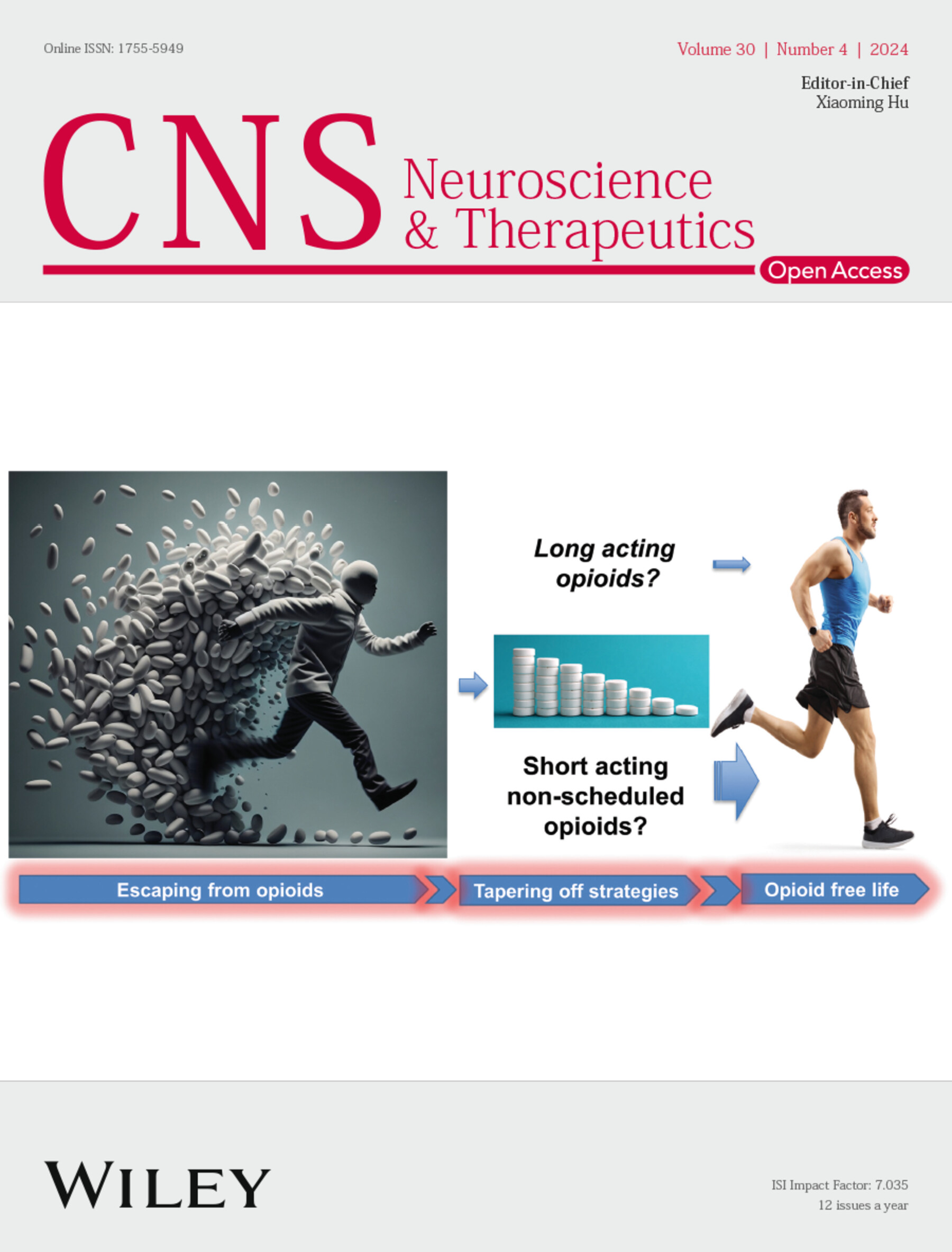Transcranial iTBS Combined With Trans-Spinal iTBS Targeting PDE1A/cAMP/PKA Axis Regulates Neural Regeneration After Spinal Cord Injury
Abstract
Aims
To explore the impact of intermittent theta burst stimulation (iTBS) treatment at various targets on spinal cord injury (SCI), as well as the effects of dual-target iTBS therapy on neurological functional recovery in rats with SCI and its underlying mechanisms.
Methods
Using an improved Allen's method, an incomplete C6 SCI model was established. Postoperatively, the rats with SCI underwent transcranial iTBS, trans-spinal iTBS, or dual-target iTBS. Neurological functional recovery and synaptic function following SCI were evaluated through behavioral tests, footprint analysis, electrophysiological assessments, pathological staining, transmission electron microscopy, Golgi staining, and immunofluorescence staining. The expression of relevant proteins and genes was assessed using Western blotting and qRT-PCR. Proteomic and metabolomic sequencing analyses of spinal cord tissue from each group were conducted to investigate specific mechanisms. Additionally, lentivirus was used to infect primary neurons to elucidate the effect of PDE1A. Furthermore, lentivirus was applied to SCI rats to explore the influence of PDE1A on neurological and synaptic functions following SCI.
Results
Compared with the single-target iTBS group, dual-target iTBS treatment significantly improved motor function and reduced the damaged area of the spinal cord in SCI rats. Following dual-target iTBS intervention, SCI rats exhibited improvements in neural function and synaptic function. Sequencing analysis identified the protein PDE1A present in all groups, and the protein interaction network revealed that PDE1A is involved in the cAMP signaling pathway, with an increase in PDE1A expression observed after SCI. Additionally, inhibiting PDE1A promoted the expression of cAMP and protein kinase cAMP-activated catalytic subunit alpha (PRKACA) in primary neurons, thereby facilitating synapse function in primary neurons. Inhibition of PDE1A also improved neural connection and synaptic reconstruction in SCI rats.
Conclusion
Compared with single-target iTBS treatment, dual-target iTBS treatment promotes the recovery of motor function and spinal cord tissue repair more effectively in SCI rats. Dual-target iTBS may promote neural regeneration and synaptic remodeling after SCI by regulating the PDE1A-cAMP-PKA signaling pathway, thereby improving neurological dysfunction.


 求助内容:
求助内容: 应助结果提醒方式:
应助结果提醒方式:


